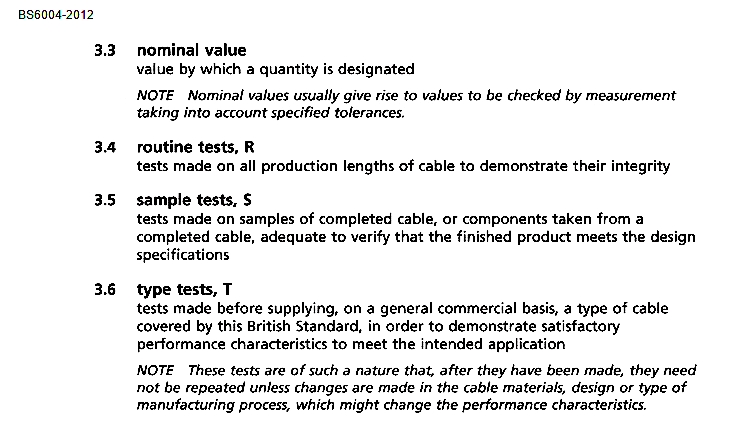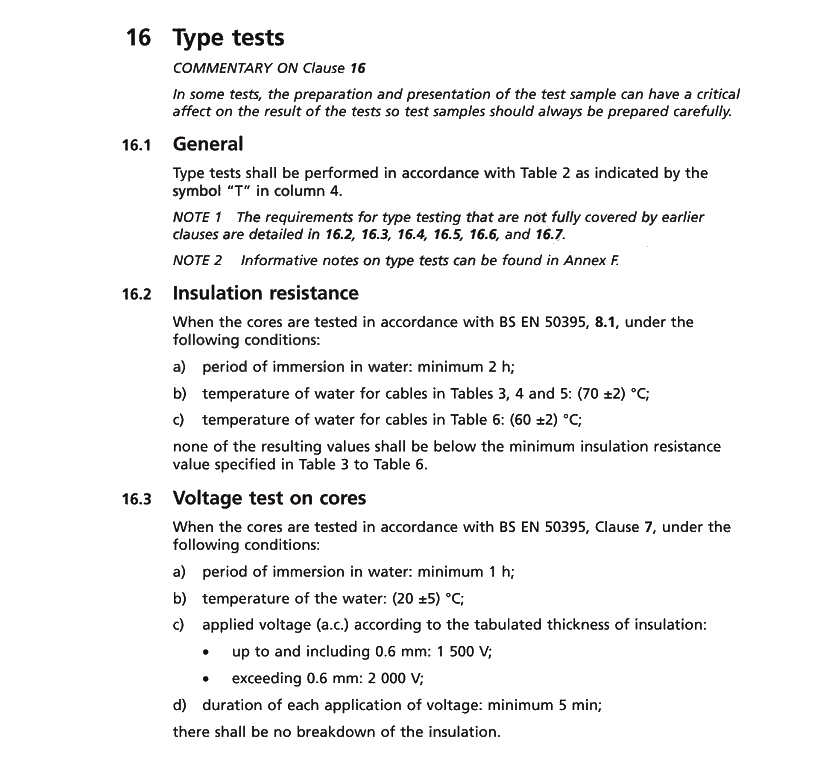isurunalaka
Member level 5
Hi,
when low voltage cable manufacturing like 300v/500v, voltage test to be done for a 20m completed cable sample. To do this, 20m cable need to be immersed in water bath.
Can you please give me a reference for this complete test?
Thanks
- - - Updated - - -
anyone know about this?
when low voltage cable manufacturing like 300v/500v, voltage test to be done for a 20m completed cable sample. To do this, 20m cable need to be immersed in water bath.
Can you please give me a reference for this complete test?
Thanks
- - - Updated - - -
anyone know about this?

